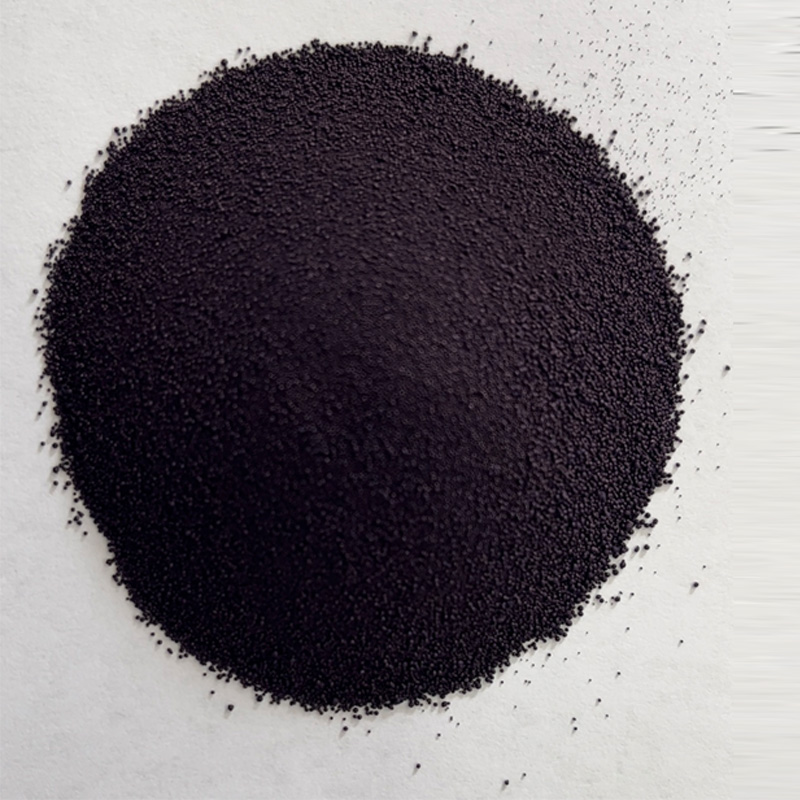making indigo dye supplier
Making Indigo Dye A Supplier’s Guide
Indigo dye has been a staple in textile coloring for centuries, known for its rich, vibrant blue that has adorned fabrics from the ancient Indus Valley to modern-day fashion. As demand for natural dyes rises, suppliers are increasingly intrigued by the possibilities of making indigo dye. This article aims to explore the process of producing indigo dye and the considerations for suppliers in this niche market.
Understanding Indigo Dye
Indigo is a natural dye derived from the leaves of certain plants, most notably the indigofera species. Unlike many synthetic dyes, indigo has unique properties that make it desirable for artisanal and eco-conscious consumers. Its ability to impart deep blue shades without requiring a mordant makes it attractive for various textile applications, including denim, linens, and organic clothing.
The Process of Making Indigo Dye
The process of making indigo dye involves several steps, from harvesting the plant to extracting the dye and finally preparing it for application. Here’s a breakdown
1. Harvesting the Leaves Collect fresh indigo leaves, typically from the Indigofera tinctoria or Indigofera suffruticosa plants. The highest concentration of indigo is found in young leaves, which should be harvested in the morning to preserve their potency.
2. Fermentation The harvested leaves are soaked in water to encourage fermentation. This process causes the leaves to break down, releasing the indigo compound into the water. The fermentation can take several days and must be monitored closely to ensure optimal conditions (temperature and pH levels).
3. Oxidation and Precipitation Once fermentation is complete, the liquid turns a greenish-yellow color, indicating that the indigo is now in its soluble form. This liquid is then aerated to allow it to oxidize, which transforms the color from yellow to blue. After aeration, the indigo precipitates out of the solution.
making indigo dye supplier

4. Filtering and Drying The precipitated indigo is filtered out and dried, typically in cakes or powder form, which can be easily packaged and transported. It’s essential to keep the dried indigo in a cool, dark place to preserve its color and efficacy.
Supplier Considerations
As a supplier of indigo dye, there are several critical factors to consider
- Quality Control Maintaining high standards throughout the harvesting, fermentation, and drying processes is vital. Suppliers should invest in laboratory testing to ensure that the dye’s concentration and purity meet the expectations of their clients.
- Sustainability Practices With growing consumer awareness around sustainability, suppliers should adopt eco-friendly practices in their production processes. This could involve sourcing leaves from organic and responsibly managed farms and implementing waste-reduction strategies.
- Market Trends Suppliers must stay informed about current market trends. The rising popularity of slow fashion and natural dyes presents a unique opportunity for indigo suppliers. By attending trade shows and joining artisan networks, suppliers can establish connections and stay ahead of market needs.
- Education and Support Part of being a successful supplier involves educating customers on the dyeing process and the benefits of using natural indigo. Providing resources, workshops, and expert advice can enhance customer satisfaction and loyalty.
Conclusion
The revival of indigo dye in today's textile market represents a convergence of tradition and innovation. As consumers seek sustainable and natural alternatives, suppliers of indigo dye have a unique opportunity to not only provide a high-quality product but also educate and inspire their customers. By focusing on quality control, sustainability, and market awareness, suppliers can thrive in this growing industry while contributing to a greener future for textiles. With passion and dedication, making indigo dye can become not only a business venture but also a step towards preserving a rich cultural heritage.
-
The Timeless Art of Denim Indigo Dye
NewsJul.01,2025
-
The Rise of Sulfur Dyed Denim
NewsJul.01,2025
-
The Rich Revival of the Best Indigo Dye
NewsJul.01,2025
-
The Enduring Strength of Sulphur Black
NewsJul.01,2025
-
The Ancient Art of Chinese Indigo Dye
NewsJul.01,2025
-
Industry Power of Indigo
NewsJul.01,2025
-
Black Sulfur is Leading the Next Wave
NewsJul.01,2025

Sulphur Black
1.Name: sulphur black; Sulfur Black; Sulphur Black 1;
2.Structure formula:
3.Molecule formula: C6H4N2O5
4.CAS No.: 1326-82-5
5.HS code: 32041911
6.Product specification:Appearance:black phosphorus flakes; black liquid

Bromo Indigo; Vat Bromo-Indigo; C.I.Vat Blue 5
1.Name: Bromo indigo; Vat bromo-indigo; C.I.Vat blue 5;
2.Structure formula:
3.Molecule formula: C16H6Br4N2O2
4.CAS No.: 2475-31-2
5.HS code: 3204151000 6.Major usage and instruction: Be mainly used to dye cotton fabrics.

Indigo Blue Vat Blue
1.Name: indigo blue,vat blue 1,
2.Structure formula:
3.Molecule formula: C16H10N2O2
4.. CAS No.: 482-89-3
5.Molecule weight: 262.62
6.HS code: 3204151000
7.Major usage and instruction: Be mainly used to dye cotton fabrics.

